Did you know that turai vegetable, also known as ridge gourd, offers a plethora of health benefits? Despite its humble reputation and bland taste, this unassuming vegetable packs a powerful punch when it comes to improving your well-being. From enhancing vision to promoting weight loss and boosting immunity, turai vegetable is a nutritious addition to any diet.
Whether you’re already a fan of turai or curious to learn more, this article will delve into the nutritional profile, health benefits, cooking versatility, and accessibility of this remarkable vegetable. Get ready to unlock a world of flavor and nourishment as we explore the many reasons to embrace turai vegetable in your daily meals.
Key Takeaways:
- Turai vegetable, also known as ridge gourd, is a nutritious addition to any diet.
- Despite its bland taste, turai offers numerous health benefits, including enhancing vision, relieving constipation, promoting weight loss, and boosting immunity.
- Turai vegetable is rich in essential components like dietary fiber, vitamins A and C, iron, magnesium, and vitamin B6.
- Its low calorie content, absence of unhealthy fats and cholesterol, and high water and fiber content make turai a healthy choice for maintaining a balanced diet.
- Turai vegetable is versatile and can be used in a variety of delicious recipes across different cuisines.
Nutrition Profile of Turai Vegetable
Turai vegetable, also known as ridge gourd, is a powerhouse of essential nutrients. Incorporating this versatile vegetable into your diet can provide a range of health benefits. Let’s take a closer look at the nutrition profile of turai:
Dietary Fiber for a Healthy Digestive Tract
Turai vegetable is rich in dietary fiber, which plays a crucial role in promoting a healthy digestive tract. Fiber aids in digestion, prevents constipation, and supports overall gut health. By adding turai to your meals, you can ensure a smoother digestive process and promote regular bowel movements.
Vitamin A and C for Vision and Immunity
Turai is an excellent source of vitamins A and C, both of which are essential for maintaining optimal health. Vitamin A is vital for good vision and helps prevent age-related macular degeneration. Meanwhile, vitamin C boosts immune function and protects against various illnesses and infections. By consuming turai, you can support your visual health and strengthen your immune system.
Iron, Magnesium, and Vitamin B6 for Vital Bodily Functions
In addition to dietary fiber and vitamins, turai also contains essential minerals like iron and magnesium, along with vitamin B6. Iron plays a crucial role in oxygen transport within the body, promoting energy production and preventing anemia. Magnesium supports nerve function, muscle health, and DNA synthesis. Vitamin B6 aids in metabolism, brain development, and the production of red blood cells. By incorporating turai into your meals, you can ensure you’re receiving these vital nutrients to support various bodily functions.
Low Calorie and Cholesterol-Free Option
Turai vegetable is a nutritious choice for those looking to maintain a healthy diet. With its low calorie content and absence of unhealthy fats and cholesterol, turai can help support weight management and promote heart health. By including turai in your meals, you can enjoy a delicious and nutritious vegetable that aligns with your dietary goals.
| Nutrients | Amount per 100g |
|---|---|
| Dietary Fiber | 0.5g |
| Vitamin A | 20 IU |
| Vitamin C | 6.6 mg |
| Iron | 0.3 mg |
| Magnesium | 10 mg |
| Vitamin B6 | 0.06 mg |
Table: Nutrition profile of turai vegetable per 100g.
Health Benefits of Turai Vegetable
Turai vegetable, also known as ridge gourd, is not only a versatile ingredient in cooking but also offers a wide range of health benefits. Incorporating this nutritious vegetable into your diet can have a positive impact on your overall well-being.
Enhances Vision
The high vitamin A content in turai vegetable plays a crucial role in enhancing vision. Vitamin A is known to help prevent macular degeneration and other eye ailments, promoting healthy eyesight.
Aids in Weight Loss
For those aiming to shed extra pounds, turai is a great addition to your diet. It is low in calories and rich in dietary fiber, which helps you feel full for longer periods, reducing the urge to overeat. Additionally, the fiber content supports healthy digestion and contributes to weight management.
Relieves Constipation
The high water and fiber content in turai vegetable act as natural laxatives, promoting regular bowel movements and relieving constipation. Including turai in your diet can help ease digestive discomfort and maintain a healthy digestive system.
Promotes Liver Function
Turai vegetable is beneficial for liver health due to its antioxidant properties. It helps in detoxifying the liver and supports its optimal function. By including turai in your meals, you can support the overall health of your liver.
Manages Diabetes Symptoms
For individuals living with diabetes, turai is a good choice due to its low glycemic index and high fiber content. It helps regulate blood sugar levels and prevents sudden spikes, making it a diabetes-friendly vegetable.
Revitalizes Skin Texture
The presence of vitamins A and C in turai vegetable can help improve skin texture and promote a youthful appearance. These vitamins are known for their antioxidant properties, which combat free radicals and protect the skin from damage caused by environmental factors.
Lowers Body Heat
Turai vegetable has cooling properties and is often consumed during summers to combat excessive body heat. Adding turai to your meals can help lower body temperature and provide a refreshing effect, especially during hot weather.
Boosts Immunity
Turai is rich in vitamins and antioxidants that contribute to a strengthened immune system. Regular consumption of this vegetable can help your body fight against infections, illnesses, and other diseases.
Contributes to Heart Health
The combination of dietary fiber and low cholesterol content in turai vegetable makes it a heart-healthy food choice. It helps reduce bad cholesterol levels, maintain blood pressure, and support cardiovascular health.
| Health Benefits of Turai Vegetable | Description |
|---|---|
| Enhances Vision | High vitamin A content helps prevent macular degeneration and other eye ailments. |
| Aids in Weight Loss | Low in calories and high in dietary fiber, keeping you full and supporting weight management. |
| Relieves Constipation | High water and fiber content promotes regular bowel movements and relieves constipation. |
| Promotes Liver Function | Antioxidant properties detoxify the liver and support optimal liver health. |
| Manages Diabetes Symptoms | Low glycemic index and high fiber content help regulate blood sugar levels in individuals with diabetes. |
| Revitalizes Skin Texture | Vitamins A and C improve skin texture and protect against environmental damage. |
| Lowers Body Heat | Cooling properties provide a refreshing effect and help combat excessive body heat. |
| Boosts Immunity | Vitamins and antioxidants strengthen the immune system and protect against infections. |
| Contributes to Heart Health | Dietary fiber and low cholesterol content support cardiovascular health. |
Cooking with Turai Vegetable: Tasty Recipes
Turai vegetable, also known as ridge gourd, is a versatile ingredient that can add a delightful touch to your meals. From stuffed dishes to flavorful curries, there are various ways to incorporate turai into your cooking. Let’s explore some tasty turai vegetable recipes that will surely impress your taste buds.
Ridge Gourd Raita
If you’re looking for a refreshing side dish, ridge gourd raita is a perfect choice. Boil chopped turai until tender and let it cool. In a separate bowl, mix yogurt with spices like roasted cumin powder, black salt, and chopped coriander leaves. Add the boiled turai to the yogurt mixture and combine well. Serve chilled and garnish with a sprinkle of roasted cumin powder.
Turai Curry
Sautéing turai with onions, tomatoes, garlic, and spices creates a delicious curry that pairs well with roti or rice. Start by heating oil in a pan and adding cumin seeds. Once they splutter, add finely chopped onions and sauté until golden brown. Next, add tomatoes, garlic, turmeric powder, red chili powder, coriander powder, and salt. Sauté until the tomatoes are soft and cooked. Finally, add the sliced turai and simmer until it is tender.
Turai Dal
Add an extra nutritional boost to your dal by incorporating turai. To prepare turai dal, cook your choice of lentils until they are soft and mushy. In a separate pan, heat oil and add cumin seeds, chopped onions, and turmeric powder. Sauté until the onions turn golden. Then, add chopped tomatoes, garlic, red chili powder, coriander powder, and salt. Cook until the tomatoes are soft and mashed. Finally, add the cooked lentils and turai slices. Simmer until the turai is cooked to perfection.
Turai Pakoras
If you’re in the mood for a crispy snack, try making turai pakoras. Slice turai into thin rounds and set aside. In a bowl, prepare a batter using besan (gram flour), salt, red chili powder, turmeric powder, and water. Dip the turai slices into the batter, ensuring they are fully coated. Deep fry the coated slices until they turn golden brown and crisp. Serve hot with a side of mint chutney or ketchup.
These are just a few examples of the numerous dishes you can create with turai vegetable. Feel free to experiment with different spices and flavors to suit your taste preferences. Whether you’re a fan of curries, stir-fries, soups, or chutneys, turai is a versatile ingredient that can elevate the taste and nutrition of your meals.
| Recipe | Ingredients | Instructions |
|---|---|---|
| Ridge Gourd Raita | Chopped turai, yogurt, roasted cumin powder, black salt, coriander leaves | 1. Boil turai and let it cool. 2. Mix yogurt with spices. 3. Add turai to the yogurt mixture and combine well. 4. Serve chilled and garnish with roasted cumin powder. |
| Turai Curry | Turai, onions, tomatoes, garlic, spices | 1. Sauté onions in oil until golden. 2. Add tomatoes, garlic, and spices. 3. Cook until tomatoes are soft. 4. Add turai and simmer until tender. |
| Turai Dal | Turai, lentils, onions, tomatoes, garlic, spices | 1. Cook lentils until soft. 2. Sauté onions in oil with spices. 3. Add tomatoes, garlic, and cook until mashed. 4. Add turai and cooked lentils. 5. Simmer until turai is cooked. |
| Turai Pakoras | Turai, besan, red chili powder, turmeric powder, salt | 1. Slice turai into rounds. 2. Prepare a besan batter. 3. Dip turai in the batter. 4. Deep fry until golden brown and crisp. |
Turai Vegetable in Traditional Indian Cuisine
Turai vegetable holds a special place in traditional Indian cuisine. It is commonly used in various regional dishes across India, showcasing the versatility and adaptability of this humble vegetable. Let’s explore how turai is incorporated into the vibrant and flavorful Indian culinary landscape.
North Indian Curries: Sambhar and Dal
In North India, turai is often added to curries like sambhar and dal. Sambhar is a popular lentil-based vegetable stew, where turai adds a delightful crunch and mild flavor to the dish. In dal, turai enhances the overall texture and taste, creating a satisfying and nutritious meal.
Bengali Delicacy: Jhinge Posto
The Bengali cuisine of East India features a delectable dish called jhinge posto, made with turai and poppy seed paste. This flavorful combination showcases the versatility of turai and the unique blend of flavors that define Bengali cuisine.
South Indian Favorite: Peerkangaai Kootu
In South India, turai is widely used in dishes like peerkangaai kootu, a curry made with turai and lentils. The combination of turai and lentils creates a wholesome and nutritious dish that is enjoyed alongside rice or roti. It showcases the love for turai in the region’s culinary heritage.
Gujarati Delight: Shaak
Turai is also a popular vegetable in Gujarati cuisine, where it is used in shaak, a side dish prepared with turai, spices, and seasonings. The subtle flavor of turai complements the assertive spices used in Gujarati cuisine, resulting in a harmonious and flavorsome dish.
The wide-ranging use of turai in traditional Indian cuisine reflects its versatility, nutritional value, and its ability to enhance the taste and texture of various dishes. Whether you savor the comforting curries of North India, the vibrant flavors of Bengal, the traditional fare of South India, or the aromatic dishes of Gujarat, turai vegetable adds its unique touch to every plate, making it an integral component of Indian cuisine.
Tips for Selecting and Storing Turai Vegetable
When it comes to selecting turai vegetable, there are a few key tips to keep in mind. Look for firm turai with a smooth or ridged surface, depending on your preference. Avoid turai that have blemishes, soft spots, or wrinkled skin, as these may indicate spoilage.
Now, let’s talk about proper storage techniques for turai. It’s best to store turai in a cool, dry place away from direct sunlight. This helps to maintain their freshness and extend their shelf life. If you need to store them for longer periods, refrigeration is an option. To do so, wrap the turai in a plastic bag or store them in airtight containers.
Remember that turai is best consumed fresh, so try to use it within a week of purchasing. Avoid washing turai before storing, as moisture can accelerate spoilage. To enjoy the full benefits and flavors of turai, it’s important to handle and store it properly.
Turai Vegetable: A Versatile Ingredient
Turai vegetable is a versatile ingredient that can elevate the flavors of a wide range of dishes. Its mild taste allows it to absorb the deliciousness of spices and seasonings, making it suitable for both savory and sweet recipes. Whether you’re craving a hearty curry or a refreshing salad, turai can be your go-to ingredient.
When cooked, turai becomes tender and imparts a subtle sweetness, creating a delightful contrast with other ingredients. Sautéed turai adds a satisfying crunch to stir-fries, while boiled turai retains its crispness and vibrant color, making it a nutritious addition to soups and stews. For those seeking a raw and refreshing option, turai can be sliced thin and added to salads for an extra layer of texture and flavor.
“The possibilities with turai are endless – from curries and stir-fries to soups and salads. Its versatility allows me to experiment with different flavors and cooking techniques, creating unique and delicious dishes every time.”
Exploring the versatility of turai
Here are some popular ways to incorporate turai in your cooking:
- Add turai to curries, such as a classic turai masala or a fusion creation with your favorite spices.
- Sauté turai with onions, tomatoes, and aromatic spices for a flavorful side dish.
- Stir-fry turai with mixed vegetables for a colorful and nutritious medley.
- Boil turai and blend it into a creamy soup, seasoned with herbs and spices.
- Grill or roast turai slices and enjoy them as a healthy snack or appetizer.
- Create a refreshing turai salad by combining sliced turai, cherry tomatoes, cucumbers, and a tangy dressing.
With turai vegetable, you have the freedom to experiment and unleash your culinary creativity. Its versatility allows you to adapt it to various cuisines and explore new flavors and textures.
So, if you’re looking for a vegetable that can adapt to your culinary adventures, turai is the perfect choice. Its ability to absorb flavors and its adaptability in different cooking techniques make it a versatile ingredient that can transform any dish into a delicious masterpiece.
Turai Vegetable: A Sustainable and Accessible Option
Turai vegetable is not only nutritious but also contributes to sustainability and accessibility. It is widely cultivated in tropical and sub-tropical regions, making it readily available in many parts of the world.
Turai plants are known for their resilience and ability to adapt to various environments, making them a sustainable choice for cultivation. They require minimal resources and can withstand challenging conditions, reducing the ecological impact of their cultivation.
Additionally, turai vegetable is affordable and easily accessible to all individuals. It can be found in supermarkets, grocery stores, and local markets, ensuring its availability to a wide range of consumers. The accessibility of turai vegetable makes it convenient for anyone looking to incorporate this healthy vegetable into their diet.
The Sustainability of Turai Vegetable
Turai vegetable is a sustainable choice due to various reasons:
- Adaptability: Turai plants can thrive in diverse climates and soil conditions, reducing the need for extensive resources and interventions.
- Water Efficiency: Turai plants have efficient water usage, requiring less irrigation compared to other crops.
- Low Environmental Impact: Cultivating turai vegetable has a minimal impact on the environment as it does not require high levels of pesticides or fertilizers.
- Reduced Food Waste: Turai vegetable has a long shelf life and can be stored for a week or more, reducing food waste and ensuring maximum utilization of resources.
The Accessibility of Turai Vegetable
Turai vegetable is easily accessible to individuals from all walks of life:
- Wide Availability: Turai vegetable is widely available in supermarkets, grocery stores, and local markets, making it easily accessible to consumers.
- Affordability: Turai vegetable is an affordable option, allowing individuals with different budgetary constraints to enjoy its nutritional benefits.
- Cultural Relevance: Turai vegetable holds cultural significance in various cuisines, ensuring its availability in communities that value and incorporate it into their traditional dishes.
Overall, turai vegetable offers a sustainable and accessible choice for individuals seeking to adopt a healthy and environmentally conscious lifestyle.
Turai Vegetable in International Cuisine
While turai vegetable is primarily associated with Indian cuisine, its versatility has made it a popular ingredient in various international dishes. Exploring different culinary traditions, turai adds its unique flavor and texture to create mouthwatering dishes around the world.
In Chinese cuisine, turai is commonly used in stir-fries and soups, adding a fresh and crisp element to the dish. Its mild taste allows it to absorb the flavors of the seasonings, creating a harmonious blend of flavors.
Filipino cuisine incorporates turai in dishes like pinakbet, a delicious mixed vegetable stew. Turai’s firm texture and ability to retain its shape when cooked make it an ideal ingredient for this traditional Filipino recipe.
In Indonesian, Malaysian, and Vietnamese cuisines, turai adds its own character to the dishes. It complements the rich and aromatic spices used in these cuisines, enhancing the overall flavor profile.
From stir-fries to curries, soups to stews, turai has integrated seamlessly into international cuisines. Its adaptability and ability to blend with different flavors make it a versatile ingredient worth exploring in your own kitchen.
Conclusion
The turai vegetable, also known as ridge gourd, is a culinary gem that not only adds flavor to your meals but also provides a host of health benefits. Its high nutritional content, including vitamins A and C, dietary fiber, and essential minerals, makes it a valuable addition to any diet. Incorporating turai into your meals can enhance vision, aid in weight loss, boost immunity, and support overall wellbeing.
One of the greatest advantages of turai vegetable is its versatility in the kitchen. Whether you prefer traditional Indian recipes or love to explore international flavors, turai can be used in various dishes and cuisines. From curries and stir-fries to soups and salads, the mild taste of turai allows it to absorb flavors and complement a wide range of ingredients.
Not only is turai vegetable nutritious and delicious, but it is also a sustainable and accessible option for individuals seeking healthy eating choices. Its widespread availability in tropical and sub-tropical regions, and its ability to adapt to different environments, makes it a reliable and affordable vegetable in most parts of the world. Whether you find it in local markets or supermarkets, turai is a convenient choice for incorporating healthy and sustainable produce into your everyday meals.
So, the next time you’re thinking about adding a new vegetable to your diet, consider the wholesome benefits of turai vegetable. Let its versatile nature, health benefits, and accessibility inspire you to explore the possibilities and create delicious dishes that nourish your body and delight your taste buds.
FAQ
What is turai vegetable?
What are the health benefits of turai vegetable?
How can turai vegetable be used in cooking?
How is turai vegetable used in traditional Indian cuisine?
What are some tips for selecting and storing turai vegetable?
How can turai vegetable be used as a versatile ingredient?
Is turai vegetable sustainable and accessible?
How is turai vegetable used in international cuisine?
Source Links
- https://www.netmeds.com/health-library/post/5-excellent-health-benefits-of-adding-ridge-gourd-to-your-daily-diet
- https://timesofindia.indiatimes.com/life-style/food-news/ridge-gourd-torai-benefits-and-easy-ways-to-use-it/photostory/79265427.cms
- https://www.india.com/lifestyle/weight-loss-with-turai-5-incredible-health-benefits-of-ridge-gourd-you-must-know-6335716/

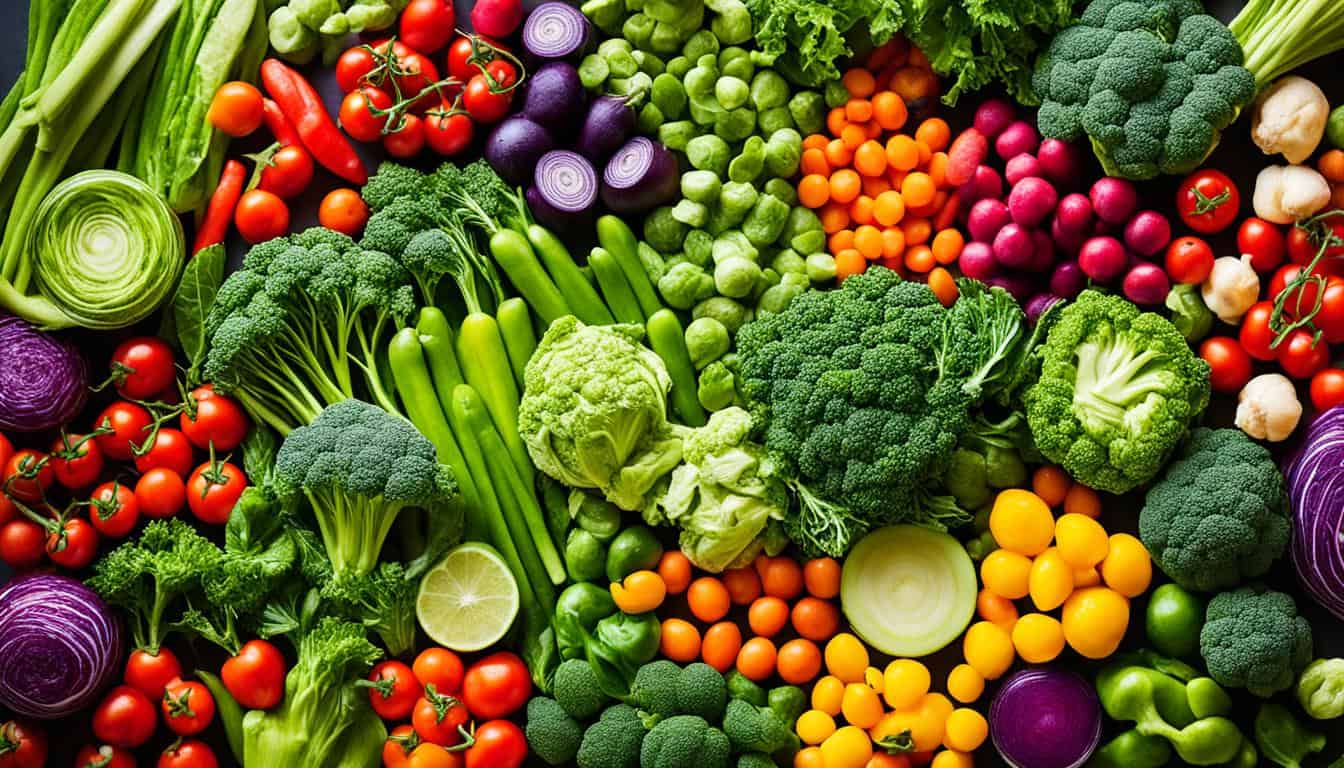
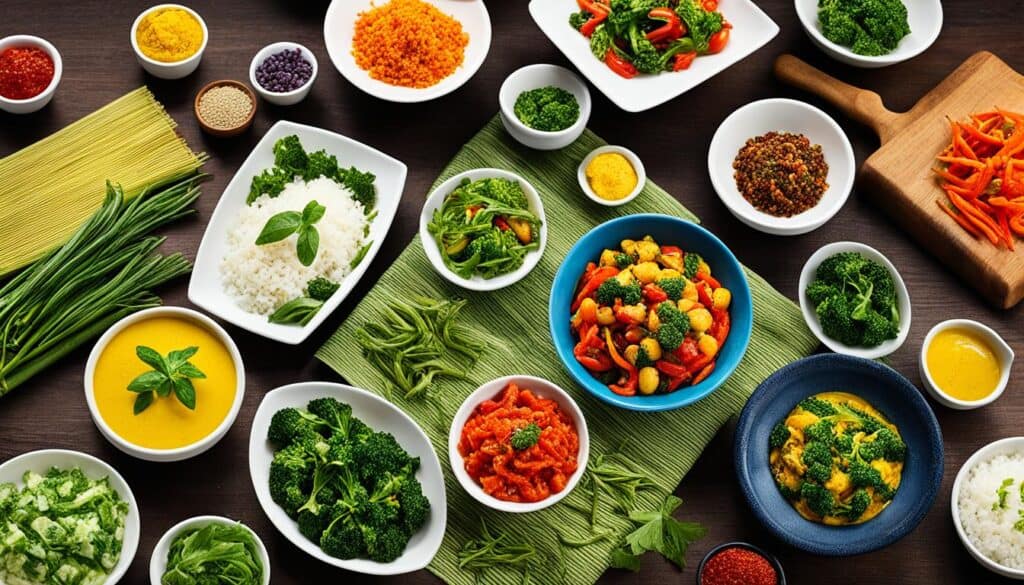
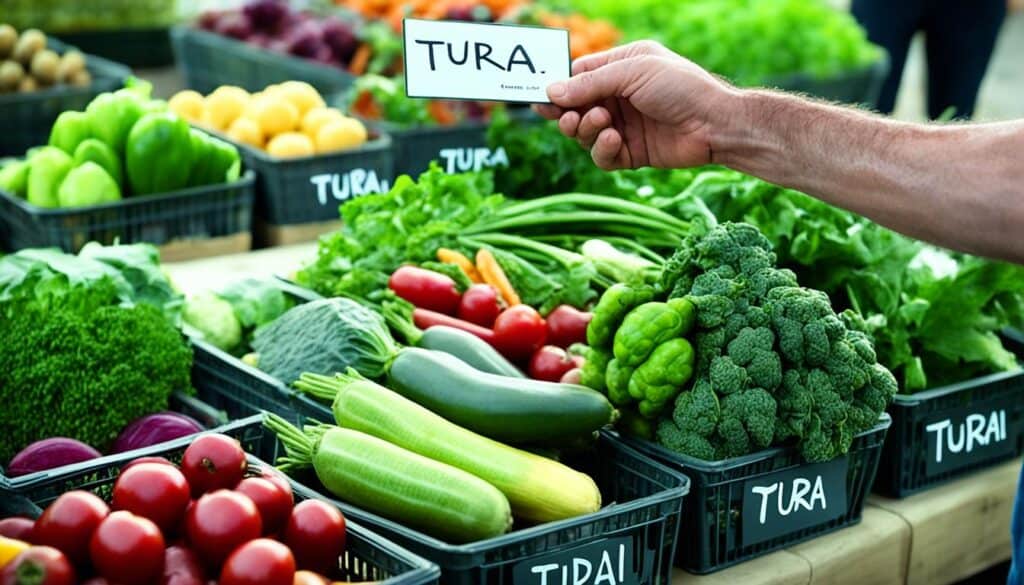
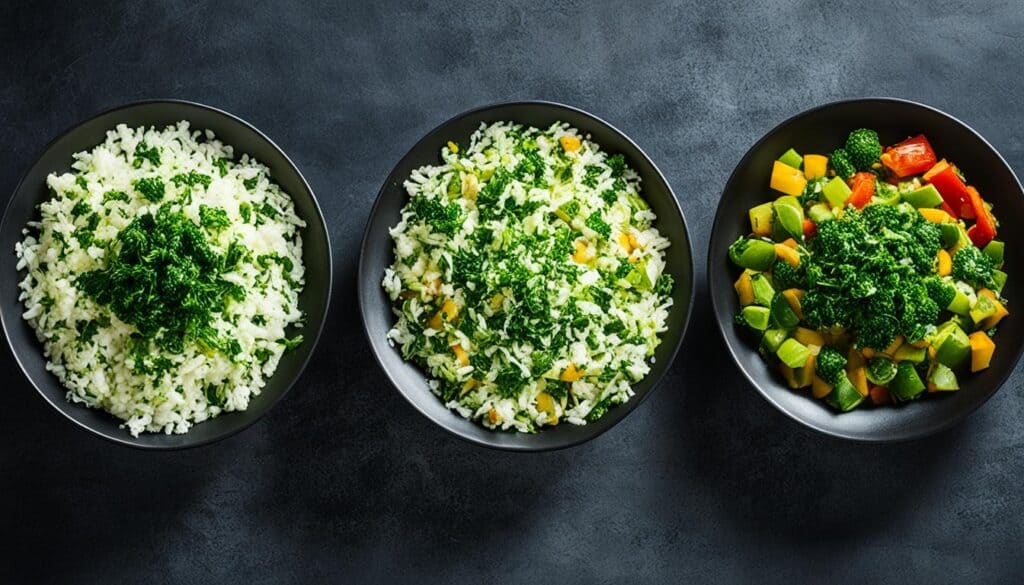

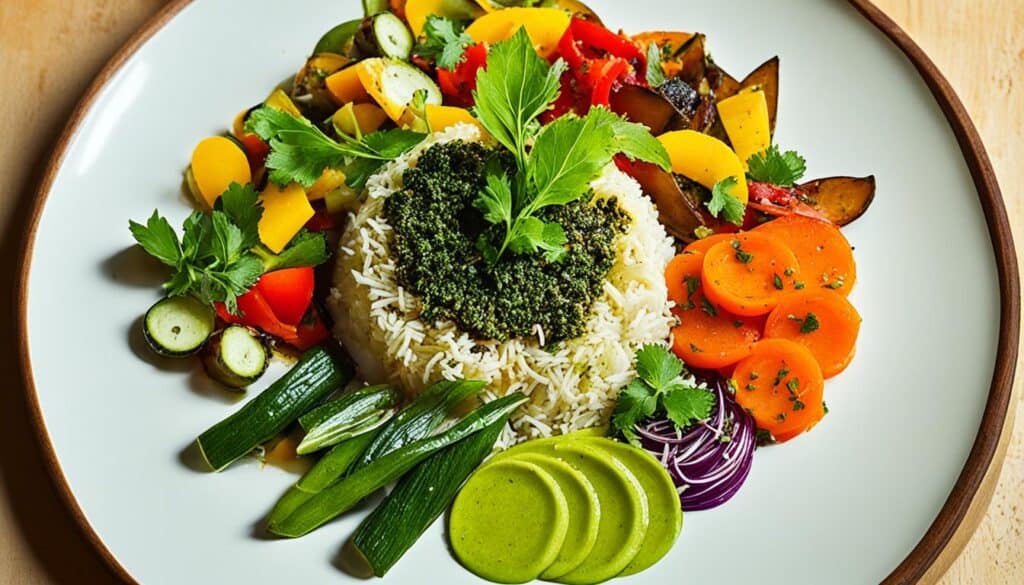
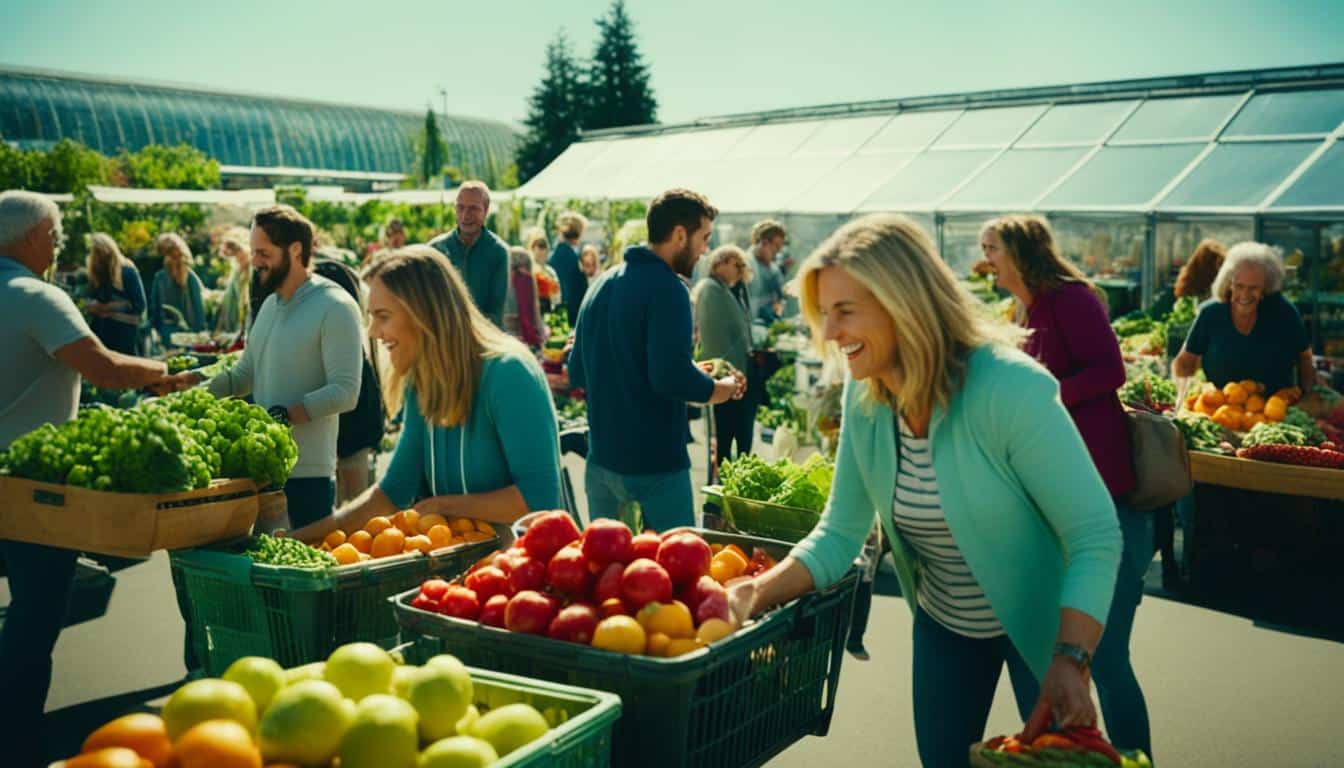
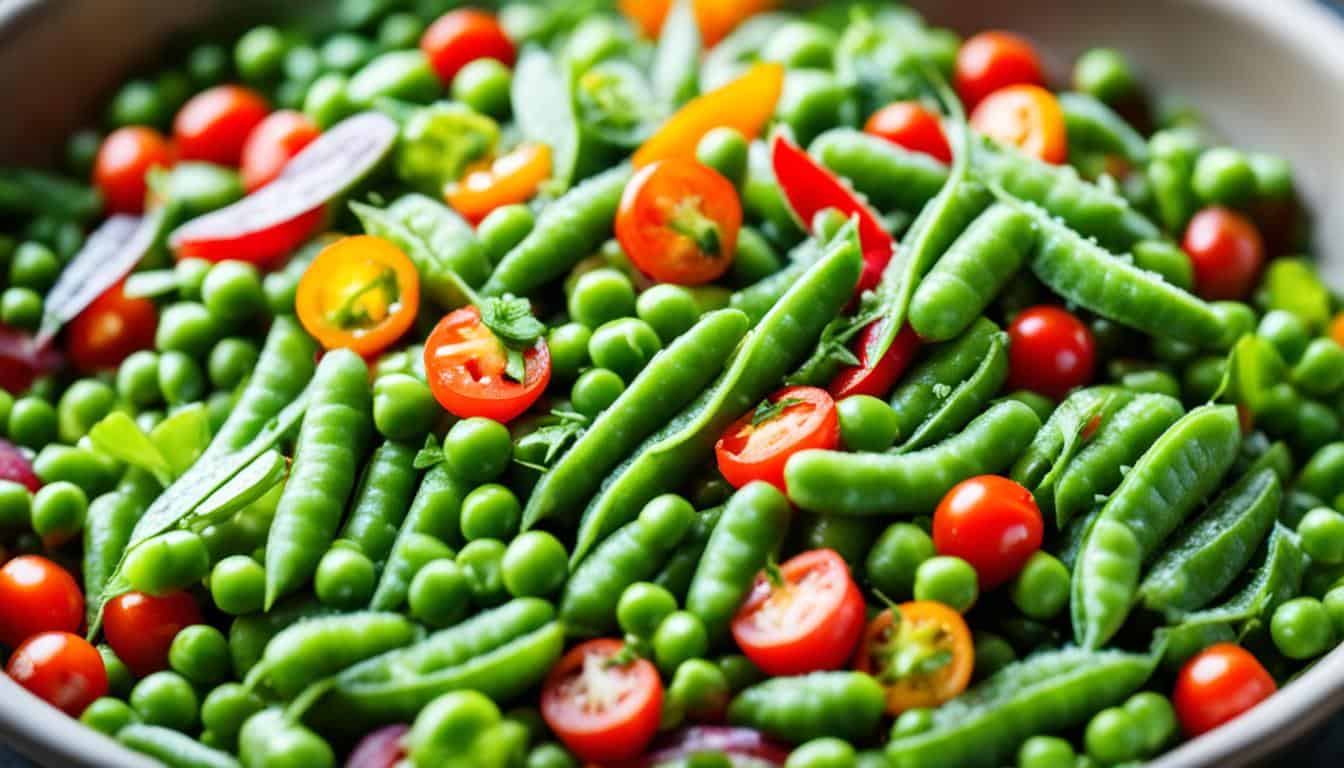
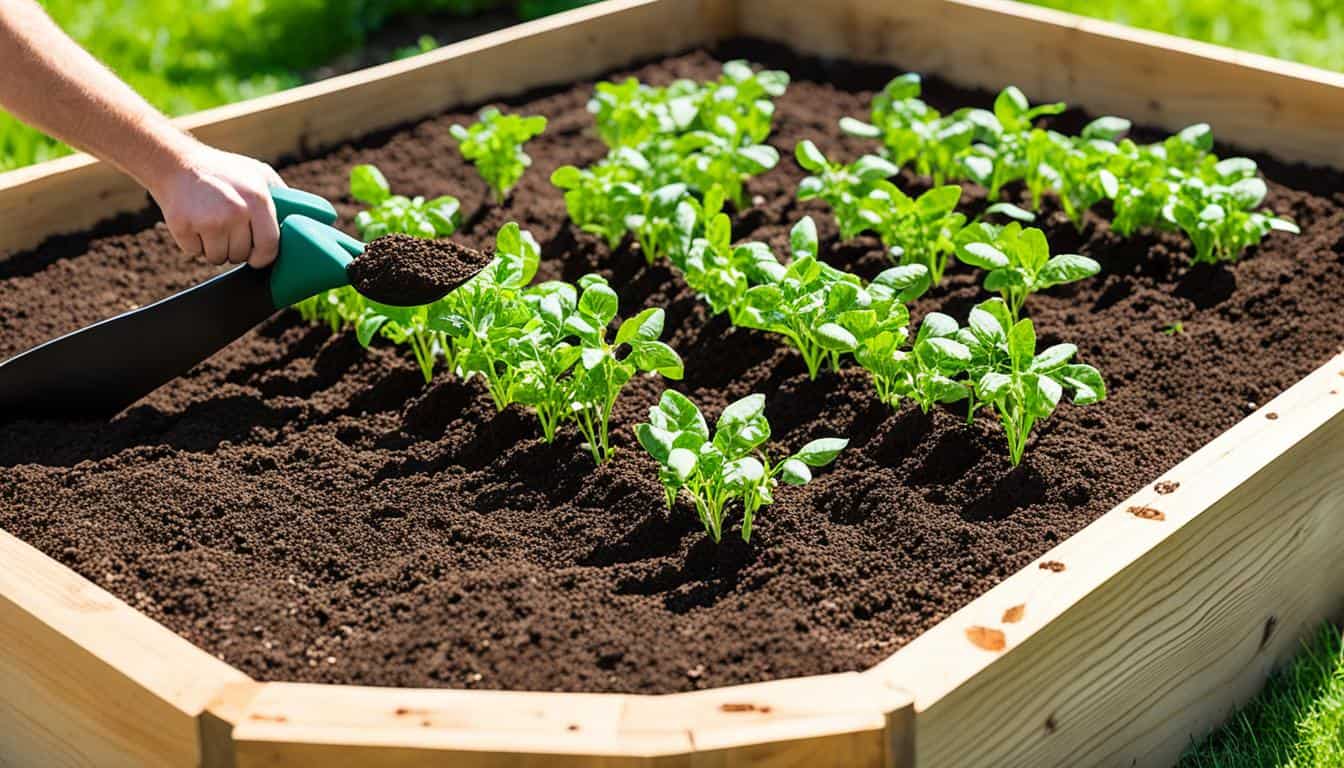
Leave a Reply